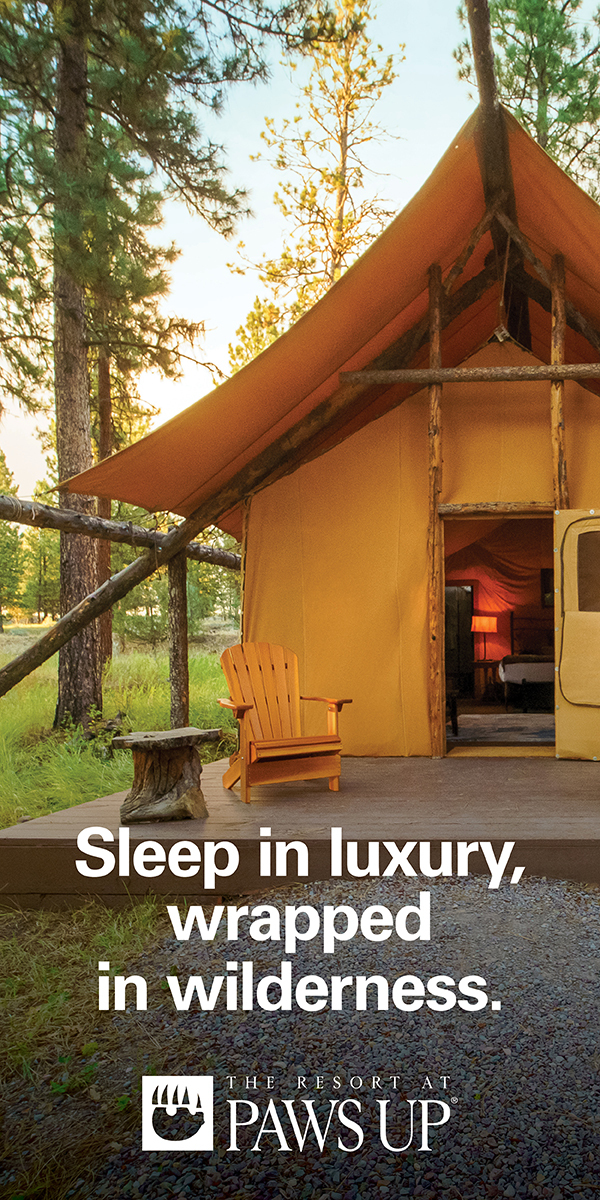






Sometimes, nothingness itself is the destination. If it wasn’t, then 2.3 million people (in 2017 alone) wouldn’t be heading to a prehistoric island home with more sheep than humans.
It could be that it’s become astonishingly easy to get to Iceland in the last few years with changes to WOW Air and their low rates. Founded just 6 years ago, the airline has positioned themselves as the “gateway” to Europe – just do a layover in Iceland first. The change has sent tourism numbers skyrocketing. But for many, Iceland is the final destination, and it was ours, too.
From LAX, the smooth but lengthy flight sauntered north past Nova Scotia and continuing across frigid waters. I arrived back to my airplane seat and as I sat down, my wife, Rachel, said, “I think I can see something out there.” Right then, with a soft ding from the pilot, we heard, “If you’re on the left side of the plane, you might be able to see the Aurora”. I don’t remember ever grabbing my camera so fast. What looked like an atmospheric haze to my eyes was showing something I’d only dreamed of on my camera screen. The plane wing looked as if it was cutting through a paint stroke of neon green in the stratosphere. I wondered if my trip had already peaked. Nevertheless, I wanted to see the aurora unassisted by technology, plainly with my own eyes.
Arriving in Reykjavik by sunrise, the feeling of being “in Europe” was immediate and satisfying. Cobblestone roads, quaint shops the size of a bedroom, and extra-wide license plates are adorned on car models that will never see the light of day stateside. Without more than a smidge of determination, walking from end to end of the city was a pleasure available to everybody. Two cups of incredible pour-over coffee buzzing in our stomachs, we had covered half the city in a day.
It was impossible to overlook American accents pouring out of every restaurant and cafe. A blind person would swear that they were in Milwaukee before pinpointing Reykjavik or any European city for that matter. What was making the middle-aged Minnesotan couple leave the comfort of their suburban life and venture just outside of the arctic circle? They surely weren’t dying to learn about Björk’s heritage… And though the smoked puffin or local craft beers would have been enough to keep me personally pacified, Reykjavik was not the reason I came either. We were all transients.
Determined to maximize the experience, we had our sights set. The Ring Road is Iceland’s circular, two-lane equivalent of Pacific Coast Highway that begged to be conquered. In just 828 miles, the entire country was going to be checked off the list, jetting inland or outward as distinct landmarks approached. If you found yourself an appropriate, topless, sports car, the long summer daylight would be perfect for circumnavigation. But unlike PCH, the Ring Road promised journeying into another world entirely.
Of the millions of tourists that arrived in Iceland, it felt as if 99% of them instantly disappeared when we left the Golden Circle, a 300 km tour path that, at times, looked more like a movie set than the primal exhale of a volcanic island. Mere hours into the journey, we began to traverse straight into scenes of creation in its rawest form. No amount of Instagram posts prepared us to see these sights. My sense of scale was all wrong.
Shooting while steering typically nets bad results as a photographer or a driver, but staying in the lines became optional quickly. Spraying and praying, I banked on at least one shot being good as the shutter went rapid-fire. You see, the novelty hadn’t come close to wearing off yet. I was convinced there had to be a misunderstanding. How could hundreds of colossal, moss-covered peaks, shrouded in mist from four separate waterfalls, not demand a picture? Where was the “Scenic Area” road signs or pinpoints on Google Maps? Everything was blank. How did every damn house have its own personal waterfall? These no-name spectacles in the distance were on a grander scale than most monuments championed by countries around the world. There was no information center, entrance ticket or brochure. Whatever I saw was immediately eclipsed after the next bend in the road.
The crowds thinned the further we drove and the waterfalls, glaciers and crags became more incredible. Beginning with a walk behind Seljalandfoss (foss means “waterfall” in Icelandic), the cascading drop showered us with mist and a deafening roar. Just a bit further, the canyons of fjaðrárgljúfur were impossible to pronounce but incomprehensibly beautiful. The earth had violently split, but the remaining panorama birthed vast primordial life, flowing with glacial melt and embellished in a yellowish green. Each cliff begged to be peered down from, replacing the mist on my palms with sweat. Everything in my life was insignificant in those moments.
And I didn’t get my significance back. After the sun had set, we pulled into a dirt parking lot in Jökulsárlón to rest. The brake lights illuminated the edge of the dirt where a descent into rushing water waited below. It was pitch black, but it was not quiet. Eerie groans arose from the distance, sounds unlike anything I had ever heard. When the sun arose, I couldn’t believe my eyes. Mammoth fragments of deep turquoise ice were floating downstream toward the ocean. The meters-thick, translucent ice was a color and opacity that I didn’t have the ability to recognize. I had never felt like Earth was alive until that moment, wondering how there could be so many calved pieces of ice at that size simply floating by me.
A 60-second drive toward the ocean revealed a beach littered with chunks of ice being tossed around by the waves. Pitch black, volcanic sand contrasted with the bright blue ice. The color of Rachel’s skin touching the ice that had washed ashore was a rare moment of connection. We were small, yet we somehow felt like stewards of the world.
As we pressed further around the Ring Road, a push notification that a 7.66 kp rated solar wind storm was going to blow over the northern region of the country – exactly where we were. Observing every possible factor, we decided that 3 hours away at the 180º arcing waterfall, Goðafoss, there was the best chance of viewing the solar storm without cloud cover. My jaw hit the floor. The raw power of Goðafoss was overwhelming, yet it was equally composed in the landscape. Repeatedly, the photos did no justice as we felt the things we were seeing. I laid on the rocky cliffs, hoping to absorb some form of energy from it.
Then it began. A subtle glimmer of neon appeared in the sky and the only thing we had truly hoped to see during the expedition was emerging in the heavens. Rushing across the wet rocky edge to set up the camera, the adrenaline of watching my bucket list materialize could’ve ended poorly. But fortunately, as the sky lit up in every direction, I could do nothing but stand in awe. As the aurora ripped through the sky at 430 km/h, the thundering torrent of water fell silent in my head. There were no words, and there was no photo I could take that would match our experience. It was something we had to encounter right then, and then alone. Over an hour later, the lights began to fade, and so did I. My every emotion was drained.
As we continued through Iceland’s neverending terrain, we felt the freedom to forge our own path. Enjoying each moment, we couldn’t stop for long. There were places yet to see, and if an opportunity arose, we simply pulled over to take it. We didn’t have somewhere to be, nothingness was the destination. And after each drive or hike, we never remembered how long it took to get there.
There was nothing physical to take away from Iceland. Aside from the bulging hard drive of photos and video, no tourist trinket or gift accurately represented the real takeaway. We were lost in a pursuit of memories, not memorabilia. Being immersed in complete absence of humans and in prehistoric landscapes that towered in every direction, it reminded us to not let our lives just be a habit. We couldn’t simply trust the screen. We had to see it for ourselves. We have to seek, always.
Words & Photography by Andrew Smith




